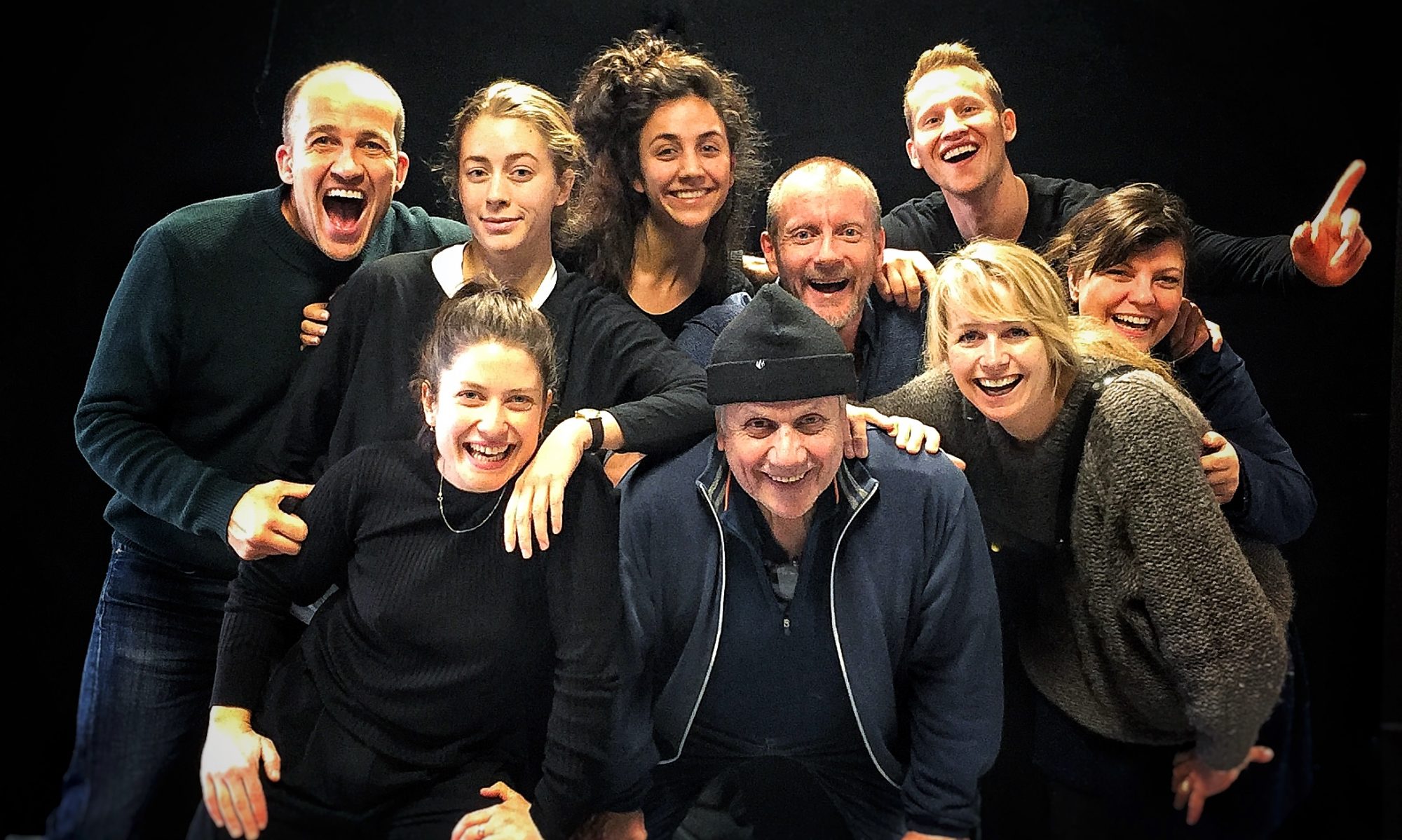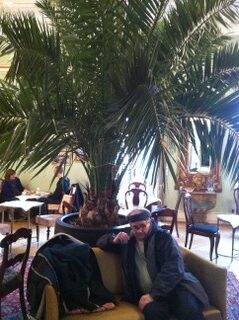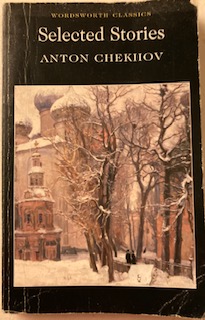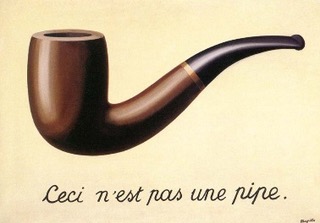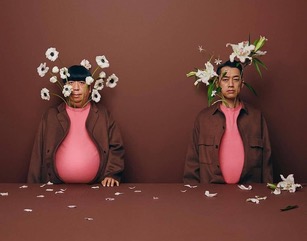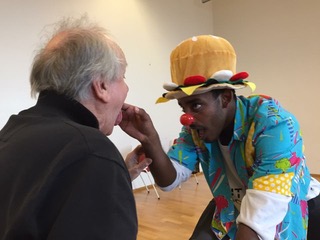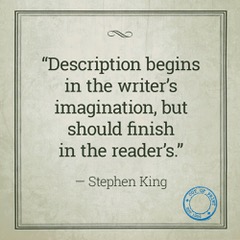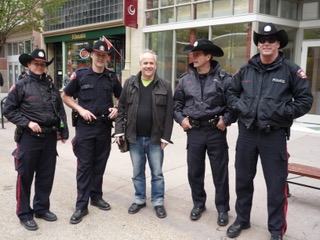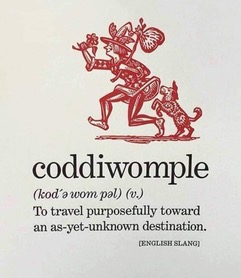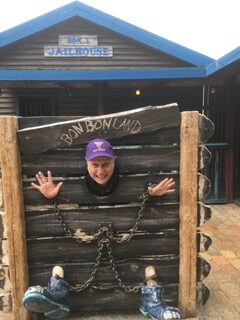This is a way of creating characters that have emerged from experimental work with Yves Lebreton, partly at Statens Teater Skole in Copenhagen and later in Paris. It must be said that if I had not met Keith and his thoughts on creating through improvisation, we probably would not have found this way to create characters.
This is how it works for me, let me start with an Artefact.
I take a random Artefact, for example a tin can; I have a look at it, and now I describe it ……
“It is in the shape of a cylinder, round, and higher than broad, it is empty but has a hard surface, it is shiny, and it is labeled, “Chickpeas in Water.”
Now I let my imagination react to this description; what does it envision?
It envisions a man with a slightly round belly but taller than he is round. Inspired by the images the imagination gives me, I now shape my body.
I straighten the spine, and get a feeling of being taller, relax the abdominal muscles a bit and get a round feeling.
Basically, I now “possess” the body of a person.
What about character?
Well, the description says:” … is empty but has a hard surface, it is shiny, and it is labeled, “Chickpeas in Water.”
I now use my imagination in interaction with my actor-instinct (1), to open the possibility of pretending to be a person whose character is being shallow but pretentious and believing that he has something nutritious to bring to the table.
I have now created a foundation on which I can build, a foundation which consists of a physical attitude as well as a mental attitude with which I can meet the circumstances of the moment in question.
And basically, I can create characters using the same technique from a costume or a prop.
I have a look, make a description, and let my body and actor-instinct be inspired in a way that makes me able to “pretend” to be a character.
I believe that the two following descriptions will give me enough information (2) to create the founding elements of a character using this technique.
The hat is in dark soft material, has a narrow and yellow ribbon, it is worn, it has personality, is old-fashioned, and looks a bit whimsical, as if was full of humor.
The Book is square, has a hardcover, it is old and worn, filled with explanations, stories, adventures, and knowledge, and exotic pictures.
(1) Actor-Instinct: Is my expression that denotes the abilities and skills one has acquired by having worked sufficiently with various acting techniques and practices so that one’s socialized ego steps aside for one’s creative self.
(2) Enough information: This is a term I often use; I would ask: “Do you have enough?”, By this I mean did you receive enough information from this to start the work of creating a character or whatever you are in the process of establishing?
PS
Perhaps it is essential to say that the ability of my body to react instinctively to the gifts of my imagination is due to the training I had in l´atelier de Mr. Etienne Decroux (Expression Corporelle) in Paris and later followed up by the work we did in Théâtre de l. ‘Arbre led by Yves Lebreton.
